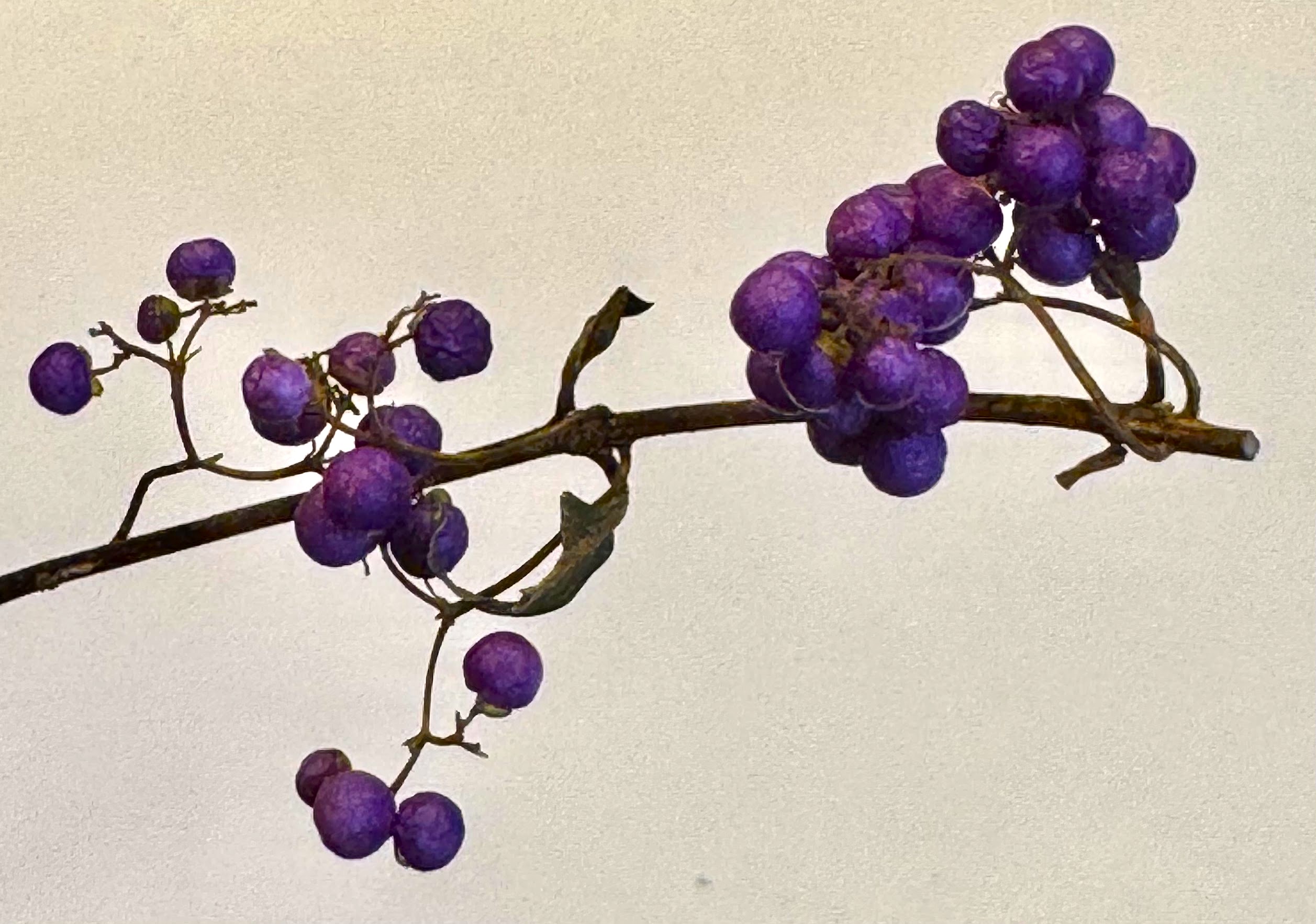About this Website
Copyright
Discussed elsewhere.
Use of AI
It goes without saying (but we will say it anyway) that we never use AI to do client translations. We do admit to having had two images on this website that we generated using AI, meaning that we were guilty of causing the associated energy use.
Those images were not essential, and have been taken down. There will be no further AI-generated images on this website.
In addition, we have deleted from our computers all images that we had experimentally created using AI. They are gone forever and will never be seen from us.
Use of Stock Photos
Unlike many entities claiming to be translation companies, we do not load our website with lovely stock photos of lovely people who do not work here because, unlike many companies claiming to be translation companies, we believe in honesty and don't feel we need the phoniness.
Technology & Tools
The author is a professional translator and interpreter, but not a professional website designer. This site is designed to be simple and functional, but does not use all the bells and whistles available just because they are available. I will leave that to people who are more knowledgeable about websites.
Every effort has been made to avoid link rot, and we check links periodically. If you notice broken links, however, we would appreciate your telling us.
Colors
The two colors used in this site are these traditional Japanese-style colors:
